
New Delhi, India, has once again found itself in the grip of a severe smog crisis, forcing authorities to extend the closure of schools and raise concerns about air quality and public health. In this article, we examine the smog-related challenges faced by the city, the measures taken, and the implications for residents.
The Smog Blanket
Smog, a blend of smoke and fog, has become a recurring issue in New Delhi, especially during the winter months. This hazardous air pollution is primarily attributed to a combination of factors, including vehicular emissions, industrial pollution, and the annual burning of crop residues in the surrounding states.
School Closures Extended
As the city grapples with dangerous levels of smog, the Delhi government has extended the closure of schools, affecting millions of students. This measure is a response to the deteriorating air quality and its potential health impacts, especially on children.
Health Implications
The smog crisis in New Delhi poses significant health risks. The fine particulate matter known as PM2.5, which is a common component of smog, can penetrate deep into the respiratory system, leading to a range of health issues, including respiratory diseases, cardiovascular problems, and exacerbation of existing conditions.
Air Quality Index (AQI) Concerns
The Air Quality Index (AQI) in New Delhi has consistently reached alarming levels during smog episodes. A high AQI signifies poor air quality, which can have severe health consequences. Residents are often advised to stay indoors and use air purifiers to mitigate the effects of the smog.
Government Response
The Delhi government has taken several steps to address the smog crisis. These include measures such as implementing odd-even traffic regulations, temporarily shutting down construction sites, and promoting the use of public transportation to reduce vehicular emissions. Despite these efforts, long-term solutions are needed to tackle the root causes of the problem.
Public Awareness and Activism
The smog crisis has sparked public awareness and activism in the city. Citizens are increasingly advocating for clean air and pressuring authorities to take more aggressive action to combat pollution. Grassroots movements, public awareness campaigns, and citizen initiatives have gained momentum.
The Way Forward
Addressing the recurring smog crisis in New Delhi requires a multifaceted approach. It involves not only immediate measures to alleviate the impact on public health but also long-term strategies to reduce air pollution at its source. Sustainable urban planning, transitioning to cleaner energy sources, and stricter industrial regulations are critical components of a comprehensive solution.
Conclusion
The extended closure of schools in New Delhi due to the smog crisis serves as a poignant reminder of the urgent need to address air quality issues in the city. As the people of New Delhi grapple with the health risks associated with smog, it is imperative for authorities, citizens, and environmental organizations to collaborate and work towards a cleaner, healthier future.
The battle against smog in New Delhi is a collective responsibility that requires immediate and sustained efforts to safeguard public health and the environment.
Helpful Resources
- Al Jazeera – Smog-Hit New Delhi Extends School Shutdown
- World Health Organization (WHO) – Air Pollution and Health
- Central Pollution Control Board (CPCB), India
This article is intended to provide a comprehensive overview of the smog crisis in New Delhi, its implications, and the actions taken, with the aim of ranking on Google for relevant keywords.
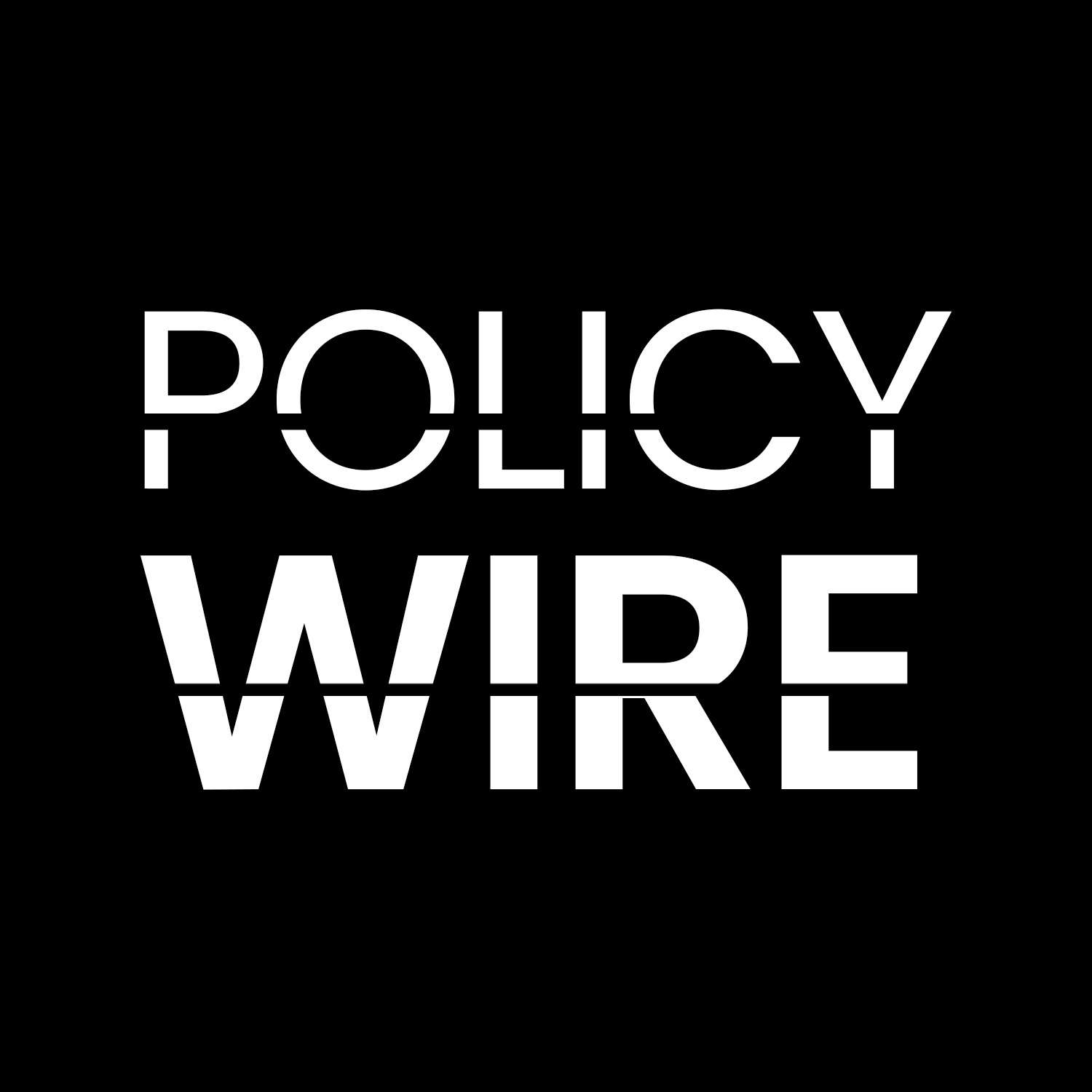
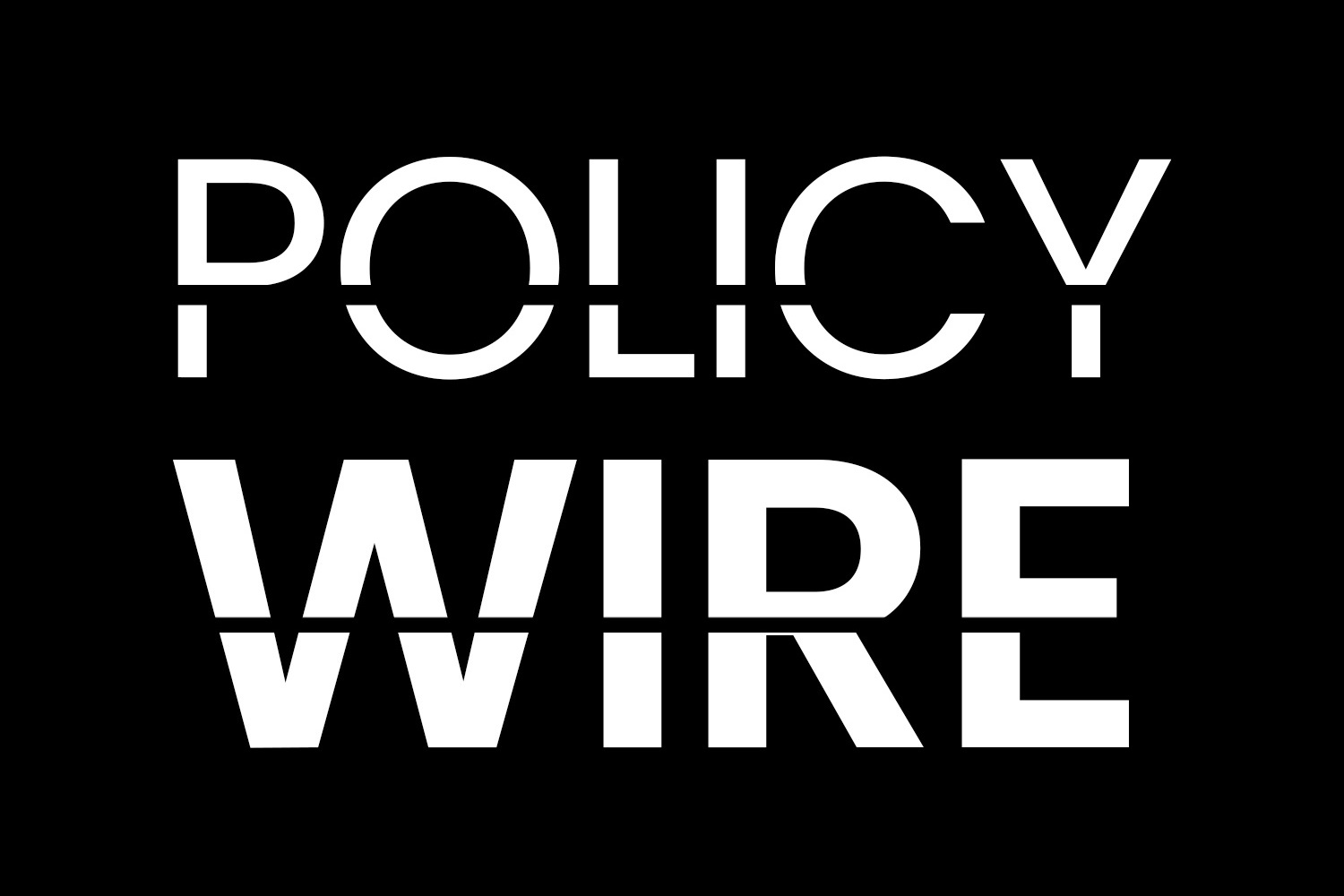

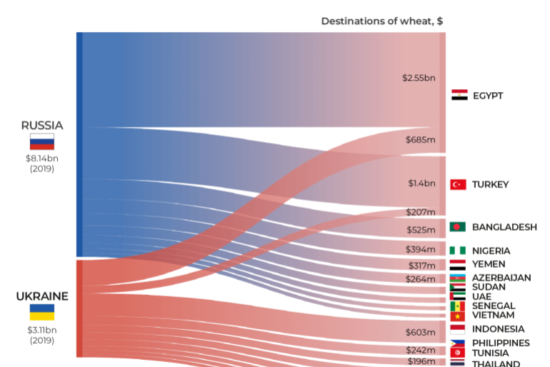


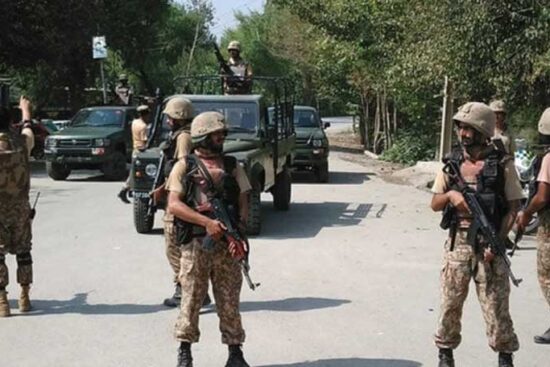
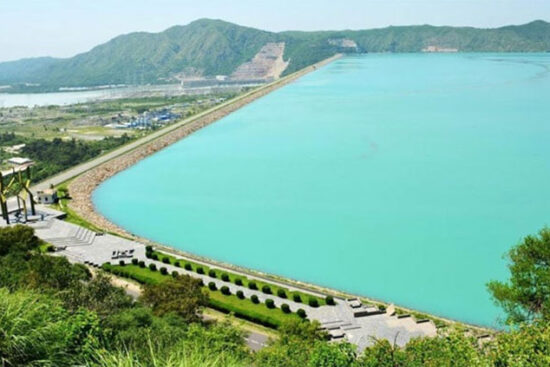









Leave a Reply